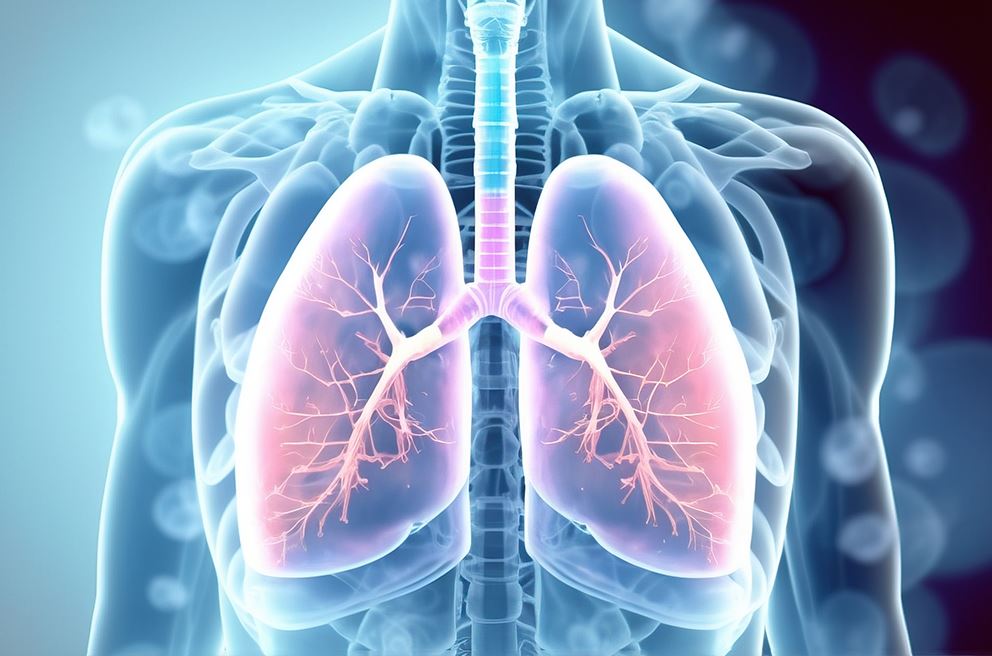
Oxygen Therapy Equipment
Respiratory therapy comes in many forms and varies from patient to patient. Depending on the condition, your doctor will prescribe one of many types of respiratory care equipment (ie. an oxygen concentrator, liquid oxygen, a nebulizer, or even a tracheostomy tube.) This article provides an overview of various treatment types in hopes of providing peace of mind.
Oxygen Concentrators
Home Oxygen Concentrators
are larger and provide more liters per minute than their portable counterparts. Otherwise known as stationary concentrators, these devices typically stay in or around the same spot. However, many of them feature castor wheels for easy transportation. Most often, they have a continuous flow of oxygen at a set LPM rate which is adjusted manually via dial. Everyone has a different flow rate prescription, so talk to a doctor before changing your settings.
Portable Oxygen Concentrators
allow patients to take respiratory therapy on their daily adventures. These machines typically administer oxygen in a pulse dose and have digital adjustable settings.
You can learn about flow rates and oxygen percentages on this other blog posting (coincidentally, also written by yours truly).
Used Oxygen Concentrators
While most of Vitality Medical’s products are brand new, we also offer .
Cylinders and Regulators
provide supplemental oxygen as needed. As part of the cylinders, oxygen flow regulators control how many liters per minute the person in need receives.
Liquid Oxygen Systems
Patients requiring a higher oxygen concentration can benefit from . Other oxygen concentrators can provide up to 95% oxygen whereas liquid oxygen concentrators pump oxygen at 100% concentration. They can also have flow rates of up to 15 liters per minute of either pulse or continuous follow depending on the machine. These concentrators are available in stationary or portable options. They are lightweight and can be refilled in just a few minutes.


Tracheostomy Care Supplies
Tracheostomy Tubes
In extreme cases of compromised airways, a doctor will surgically install a that allows a patient to breathe through their trachea (AKA their windpipe). Since trach tubes come in contact with your outsides and insides, keeping them clean and clear is imperative.
Cuffed trach tubes have a balloon to create a seal, helping prevent aspiration and leaks when connected to medical breathing devices while uncuffed variants are ideal for patients who don’t need mechanical ventilation.
Inner Trach Cannulas
are critical in maintaining your tracheostomy tube as they help keep airways clean and ventilated. Vitality Medical offers a selection of disposable and reusable options.
Suction Catheters and Aspirators
connect to to help clear mucus or saliva from airways, allowing the user to breathe more freely.
Heat Moisture Exchanger (HME)
Tracheostomy humidification is an important part of airway management. maintain the humidity inside of trach tubes, reduce the risk of mucus build-up, and keep out unwanted contaminants.
Nebulizer Machines
Portable Nebulizers
are easy to transport for on-the-go use. Most are battery-powered and hand-held.
Adult and Pediatric Nebulizer Masks
help medicine reach the user’s lungs more efficiently. They connect to the nebulizer via a hose, allowing the patient to inhale their medication through their nose and mouth.
Most have a cartoon face printed on them to help children feel less anxious during treatment. Vitality Medical also sells a nebulizer mask in the shape of a pacifier for infants.
Conclusion
Oxygen is crucial to proper body function and overall quality of life. The advancement of modern medicine allows doctors to customize respiratory health management techniques to the needs of each patient. Whether by nebulization, tracheostomy, or concentrated oxygen, there are many ways to help you breathe easier.

Login and Registration Form